U.S. Navy: We're Gonna Need a Bigger Budget (and More Boats)
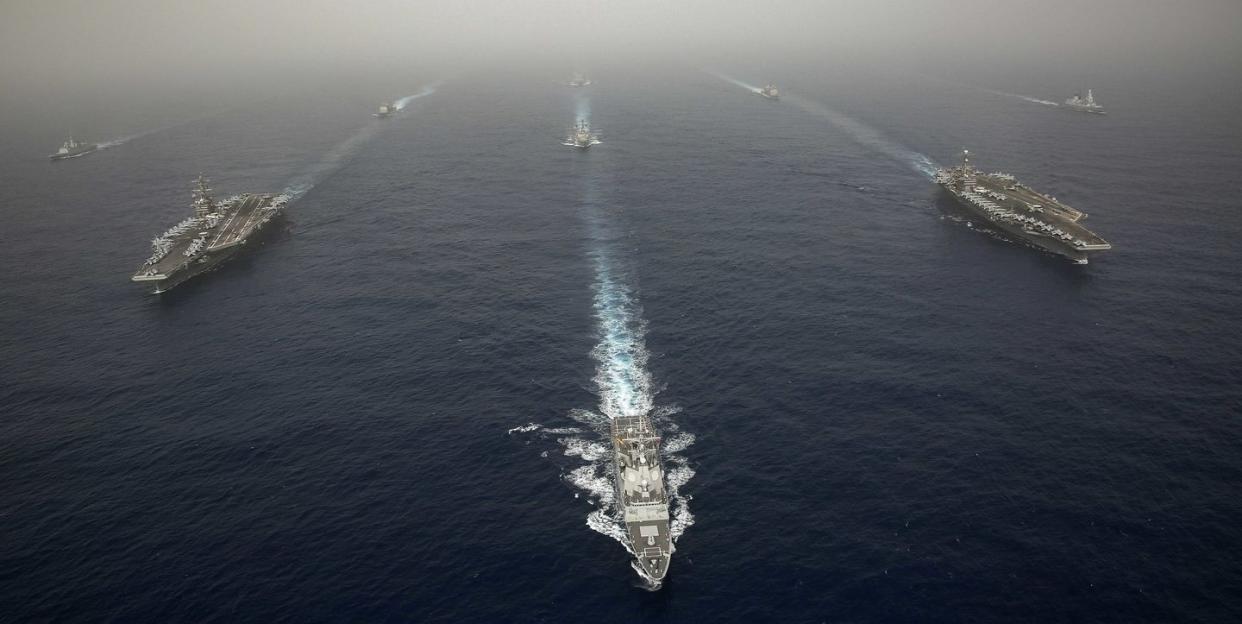
The Acting Secretary of the U.S. Navy believes the U.S. Navy can hit its goal of 355 ships.
Reaching the goal will be difficult, and it probably won't happen by the original target date of 2030.
The Navy could eventually reach the magic 355 number, but there are a number of factors at play, any one of which could throw a spanner in the works.
The Navy thinks the sea service can hit President Donald Trump’s target goal of 355 ships—but it won’t be easy. Acting Navy Secretary Thomas Modly told Defense News that the fleet can grow to that size, but it will require a larger share of the Pentagon’s budget. Modly’s remarks underscore the constant dilemma of how to allocate defense dollars, but even if Congress and the President deliver, can the Navy spend the money wisely and grow the fleet the right way?
As the acting secretary points out, building more ships doesn’t just require buying new ships—it also requires recruiting more sailors, allocating more money for maintenance, and more money for operational costs. Not doing so could result in a so-called “hollow force,” a Navy that looks good on paper but is unable to accomplish the missions the nation asks it to fulfill.
The U.S. Navy today consists of 293 ships, including 11 aircraft carriers, almost seventy destroyers, and nearly 70 nuclear submarines. The Navy thinks the fleet is overstretched, a result of it being assigned too many missions around the globe. Shortly after the election of President Donald Trump, who campaigned on a promise to increase the fleet to 350 ships, the U.S. Navy announced a goal of 355 ships.
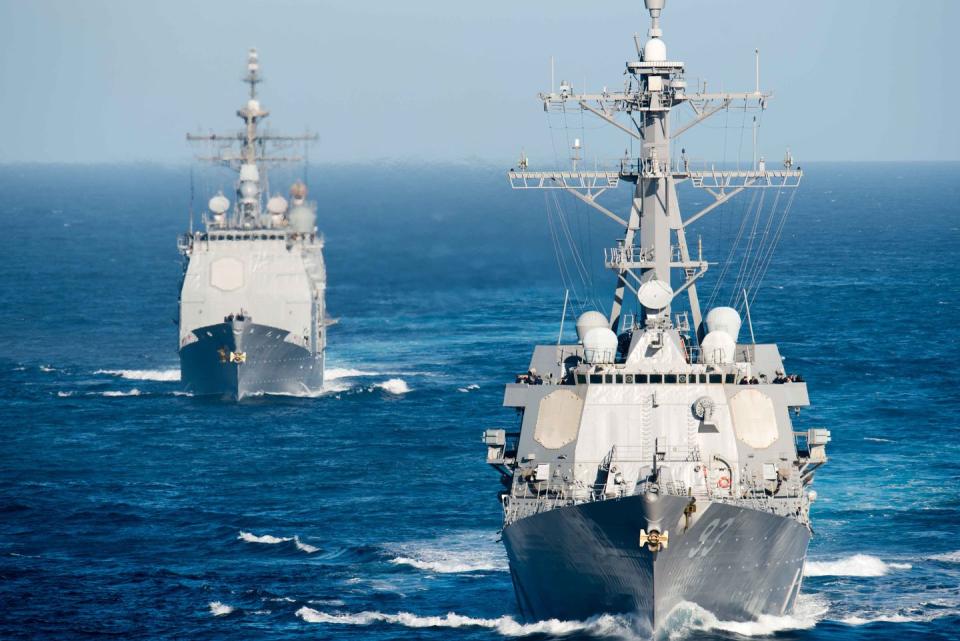
The Navy probably won’t make it. If the Navy froze the fleet for the next 10 years, not retiring any warships, it would need another 62 new ships to reach that goal. Aircraft carriers, cruisers, destroyers, frigates, amphibious ships, all would count toward the goal. Theoretically, six ships a year would get the Navy to 355 in just ten years.
The problem is freezing the fleet isn’t possible—maintaining a fleet is a "three steps forward, two steps back" problem. For every three ships you build, you might need to retire one or two simply because the ships are worn out. A fixed goal like 355 is a moving target, complicated by problems such as the difficulty of introducing new technology, shipyard delays, and rising or shrinking defense budgets.
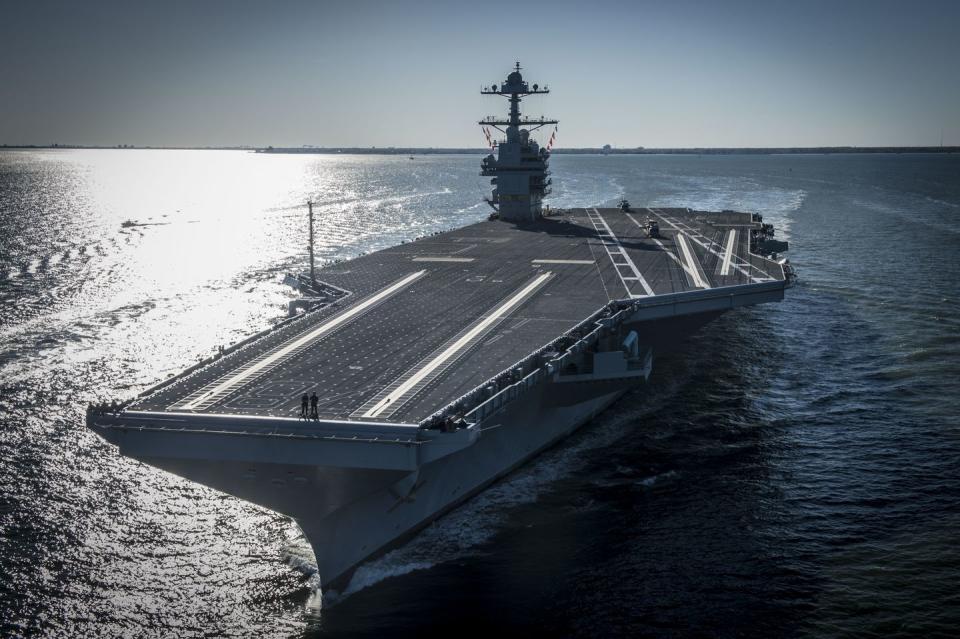
Another problem is the Navy has had a lot of problems in recent years fielding new ships. The aircraft carrier USS Ford began construction in 2009 and was commissioned in 2017, but technical problems could force the new ship’s first operational cruise back to 2024. The carrier also cost an eye-watering $13 billion—a pricetag that doesn't even include the airplanes. The USS Zumwalt-class destroyers also suffered from technical problems and rising costs, the two Littoral Combat Ship classes are missing key equipment in development for more than a decade, and the service’s early San Antonio-class amphibious ships suffered for years from technical and construction problems. The Navy has already expressed that it prefers updating trusted designs than building entirely new warships.
Finally, there’s the money problem. The U.S. is enjoying one of the longest periods of economic growth in history, yet the Navy’s shipbuilding budget is not growing accordingly. When a recession hits, the Navy can count on its “topline” to shrink, not grow. A growing national debt and ballooning Social Security means fewer federal dollars and more competition for them. If the U.S. Navy isn’t growing now, it’s hard to see a path to 355 by 2030.
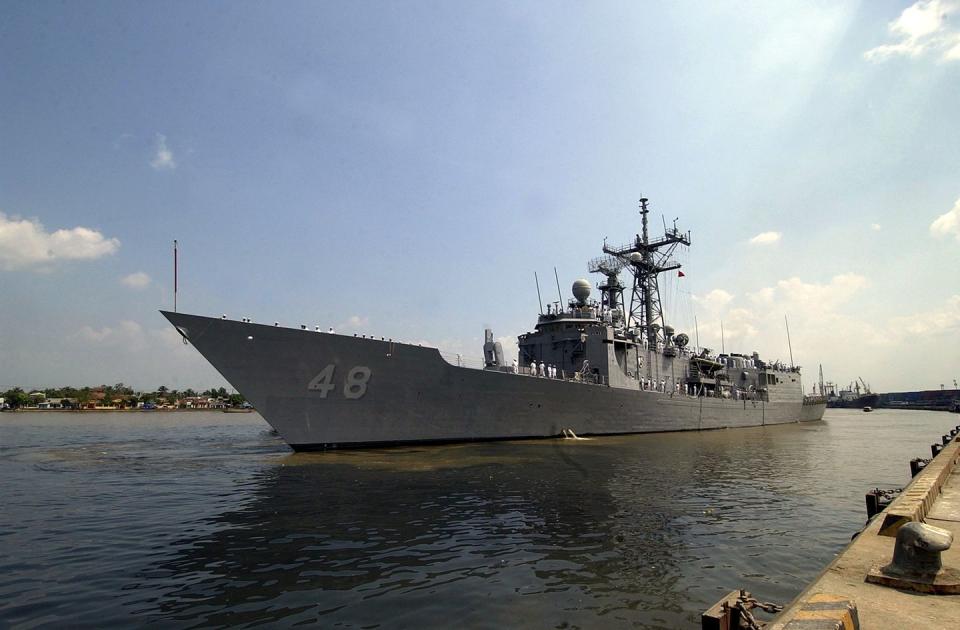
There are a few plausible ways to grow the fleet. One is to hold the line on aircraft carriers, destroyers, and submarines—the most expensive ships—and start churning out inexpensive frigates and corvettes. Lightly armed and built for long voyages, these ships could show the flag in peacetime, chase pirates in the Horn of Africa, and wind their way into some of the less important—but still vital—waterways worldwide. In wartime, they would chase submarines, escort convoys, and joint up with carrier and expeditionary strike forces.
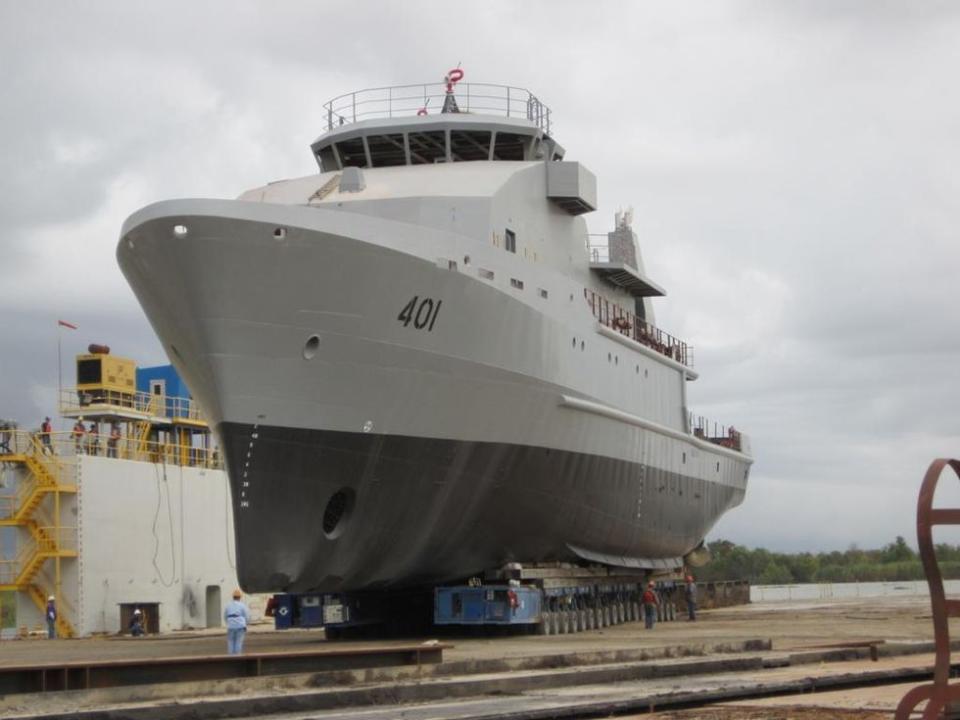
Another way is building large unmanned ships, and the Navy appears to be favoring this approach. Unmanned ships don’t require sailors to man them, can stay at sea for extended periods of time, and can act as scouts or magazines for task forces steaming at sea. The Navy is enthusiastic about building LUSVs, or Large Unmanned Surface Vessels, but how an unmanned ship fares alone at sea for months at a time without a crew is hard to visualize.
More likely, the U.S. Navy won't grow to 355 ships until after the 2050s, when federal entitlement spending is forecast to fall. The most likely scenario is that the fleet maxes out at 300 ships, or even falls below the 290 line. It’s hard growing a Navy, and it’s even harder growing an expensive Navy.
Source: Defense News
You Might Also Like

